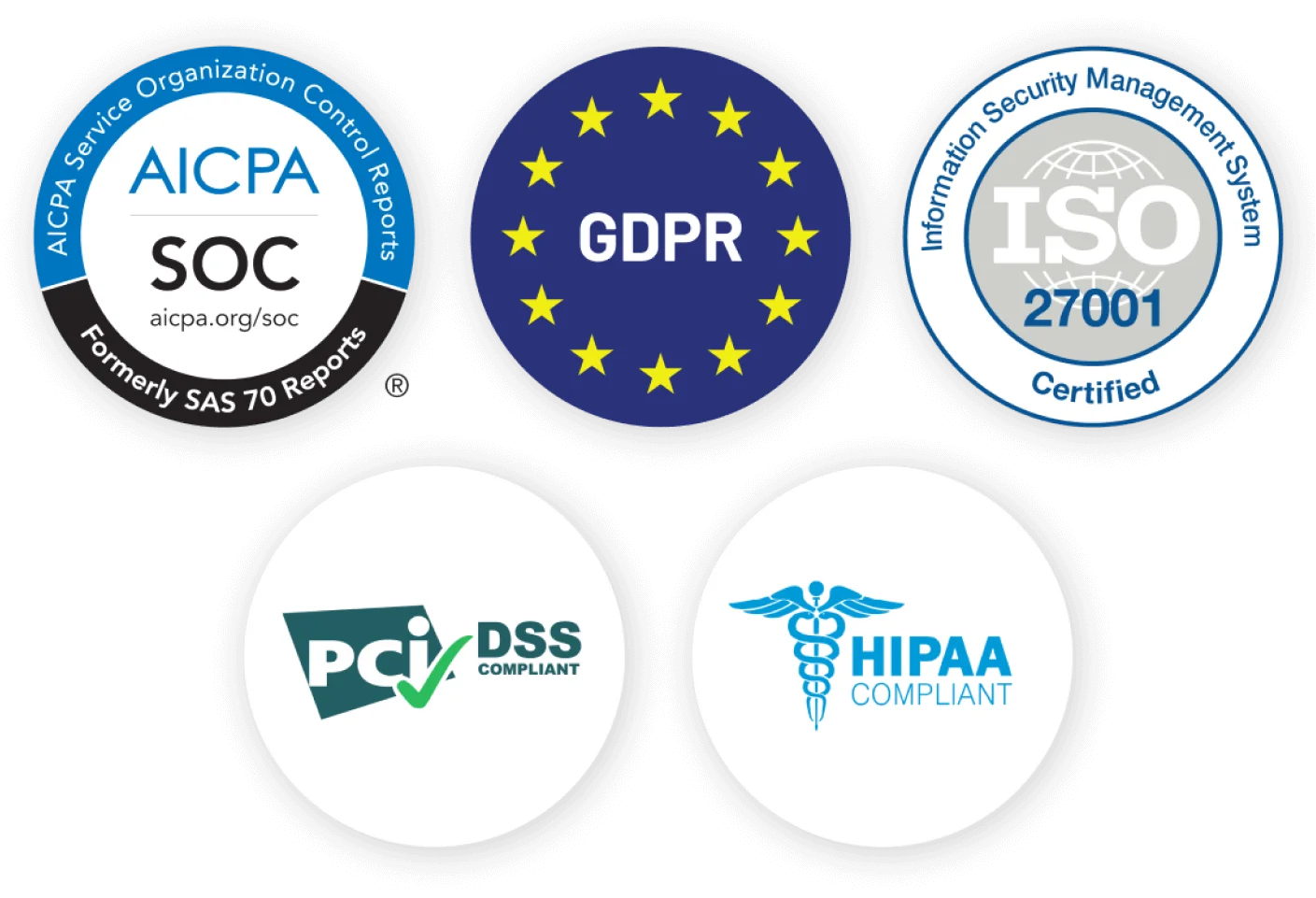
Drafting and filing of trademark renewal application. For individuals, proprietorship’s, registered SMEs and registered Startups
Features
- Super Fast Service
- Affordable Price
Let’s Get Started
Trademark Renewal
In the dynamic business world, having a trademark sets your brand apart and ensures its distinct identity. Once your trademark is officially registered, it’s pivotal to remain vigilant about its ongoing validity and protection. This is where the importance of trademark renewal comes in. By updating your trademark within the designated time frames, you preserve your brand’s exclusivity, uphold its legal status, and reinforce its place in the market.
Whether you are a seasoned entrepreneur or a new business owner, understanding the significance of trademark renewal is fundamental to preserving the reputation and endurance of your brand in the market.
What’s a Trademark?
A trademark is a unique emblem, logo, word, phrase, design, or a mix of these elements that visually signifies and points to the origin of goods or services from a specific company or individual. Trademarks are important assets that allow consumers to recognize and connect products or services with a certain brand.
Trademark Renewal
Trademark owners have the privilege to extend their trademark’s validity every decade. Before the end of these ten years, the Registrar offers a six-month grace period, during which the trademark holder can renew their mark and retain its advantages. If the renewal doesn’t occur, the Registrar will announce the trademark’s removal in the Trademark Journal.
Trademark Renewal Provision (Section 25)
According to the Trade Marks Act of 1999, a registered trademark can be renewed for an additional decade following the end date of its initial registration or its most recent renewal. To commence the renewal procedure, the trademark’s owner must formally apply to the Registrar of Trademarks, ensuring it’s done within the stipulated time frame and following the set guidelines. Once the application is submitted along with the mandatory fee, the Registrar will extend the trademark’s registration for another ten years.
Deletion of Registered Trademark Due to Non-Renewal (Section 25)
Before a trademark’s registration expiration, the Registrar must notify the trademark owner about the impending expiry and the terms for its renewal. If these renewal terms aren’t met within the designated time frame, the Registrar possesses the right to strike the trademark off the register.
However, the Act does allow a grace period of six months post the expiration date. During this window, the trademark owner can still renew their mark by settling a surcharge in addition to the regular renewal fee.
Moreover, in cases where a trademark has been delisted due to the non-settlement of the renewal charge, the trademark holder can request a reinstatement within a year from the last registration’s end date. Upon receiving this application and the stipulated fee, the Registrar can reinstate and renew the trademark, potentially with specific conditions or limitations attached.
Benefits of Renewing a Trademark
Renewing a trademark offers an array of advantages for its holder:
How to Renew Your Trademark
There are two primary methods to renew a trademark:
Restoring Your Trademark
Should a trademark lapse after ten years, the holder isn’t out of options. They can opt for trademark restoration. This process mirrors the renewal procedure but with an added catch: the holder needs to pay an extra penalty for surpassing the expiration date.
Trademark Renewal Filing Deadline
However, if a trademark gets canceled, there’s a possibility for restoration. An application for reinstatement must be submitted within six months following the cancellation.
Documentation Needed for Trademark Renewal
For renewing a registered trademark, the following documents must accompany the TM-12 renewal form when submitted to the Registrar of Trademarks (RoT):
Trademark Renewal Procedure in India
The trademark renewal process in India is comprehensive, ensuring enduring protection for your trademark. Here’s a concise overview of the steps involved and the accompanying documentation:
Step 1: Submitting the Application
Fill out and submit Form TM-R to the Trademark Registry. Include details such as:
Step 2: Scrutiny and Review
Renewal eligibility is determined based on the trademark’s remaining validity and adherence to renewal prerequisites.
If discrepancies arise, the Registry will voice its concerns, prompting the applicant to respond within a set timeframe.
Step 3: Announcement in the Trademark Journal
Once any concerns are addressed, details concerning the renewed trademark are publicized in the Trademark Journal for 4 months. This period allows third parties to express any objections.
Should objections surface, the applicant must provide a timely response. A hearing may be organized to clarify and settle the matter if not addressed.
Step 4: Granting the Renewal Certificate
After the designated publication duration and the amicable resolution of potential disputes, the Registry presents the Trademark Renewal Certificate. This document affirms the renewed status of your trademark, valid for another decade.
Streamline Trademark Renewal with FintechFilings
FintechFilings provides an all-encompassing service for trademark renewal, ensuring a smooth and hassle-free experience for trademark owners.
With FintechFilings’ proficiency in trademark renewal, entrust us to effortlessly guide you through the intricate renewal steps and ensure unwavering protection for your invaluable trademarks.


